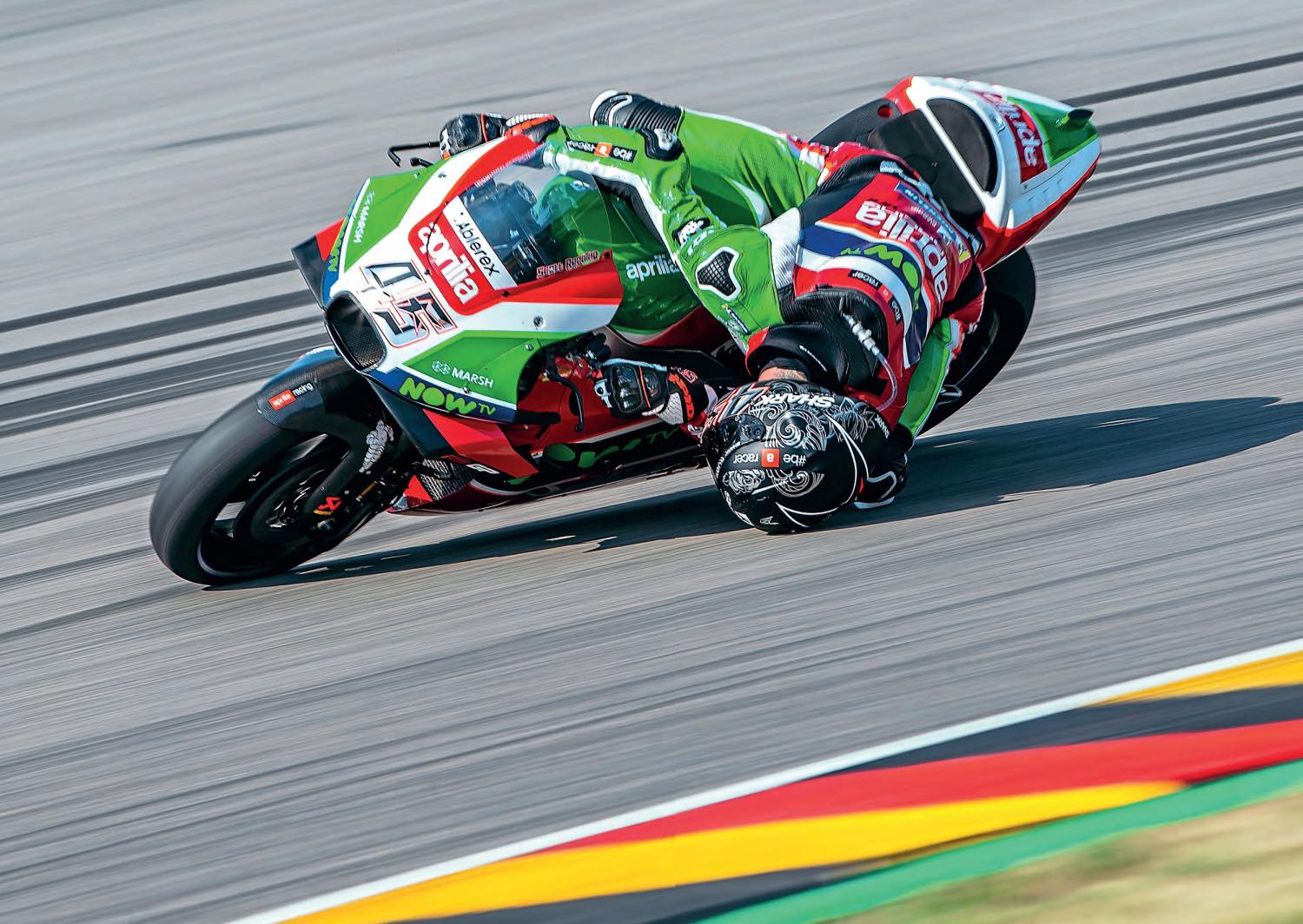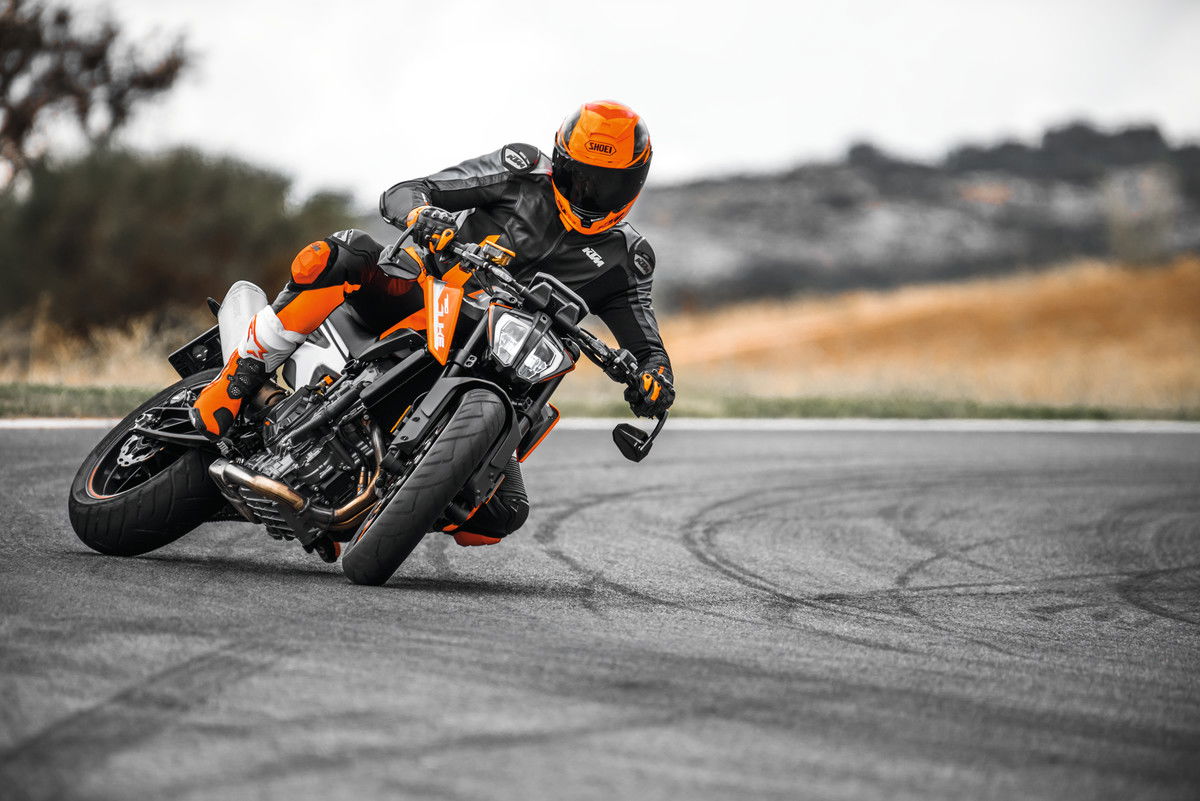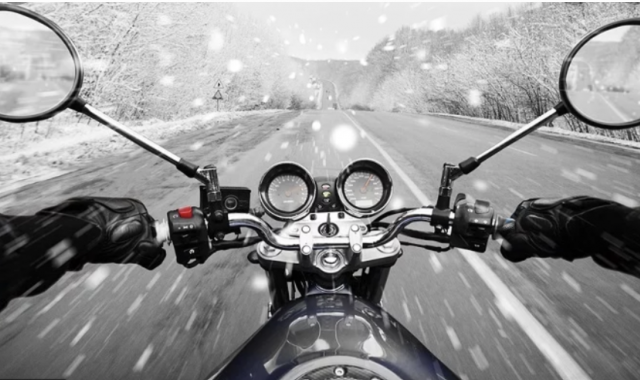Lean On | Why do motorcycle racers get their knee (and elbow) down on track?
We see racers get a knee, elbow (even a head if your name is Scott Redding) down on track at pretty much every race of the year, but why do they do it?
![Scott Redding - Be Wiser Ducati, 2019 BSB [credit: Ian Hopgood]](https://cdn.visordown.com/field/image/IMG_6912.JPG?width=1600&aspect_ratio=16:9)
GETTING a knee down, it’s like a rite of passage for any aspiring motorcyclist. Whether you do it on road or track, for some reason us humans love the feeling of slithering around a corner with a knee scraping the tarmac.
Adrenalin fix aside, there are some genuine reasons that make getting your knee down on track a handy skill to have. In this article you’ll find out those reasons why racers and riders do it.
When did getting your knee down begin?
Many folk credit Kenny Roberts as been the king of the knee skid, although there were earlier pioneers who began the art of moving their weight away from the centre of the bike.
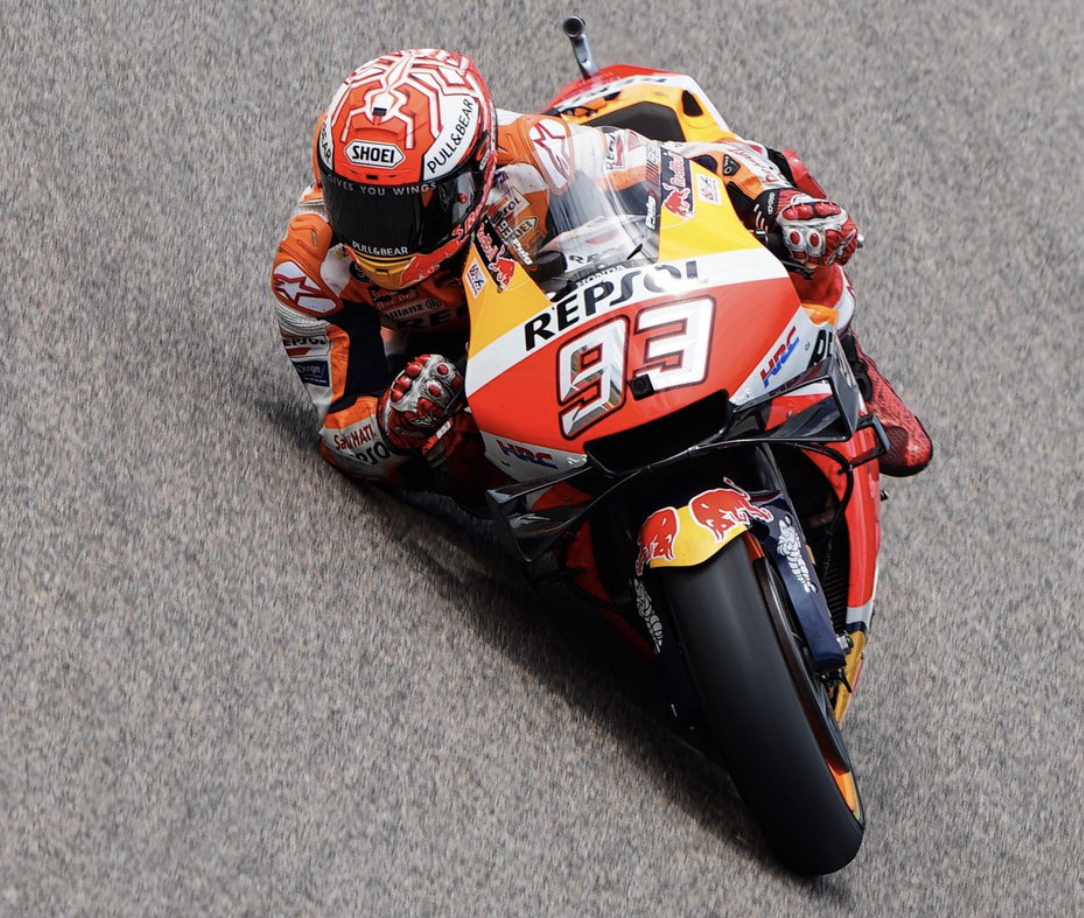
Why do motorcycle racers get their knee down?
There are a few reasons that make getting your knee down an important skill for a track rider to have.
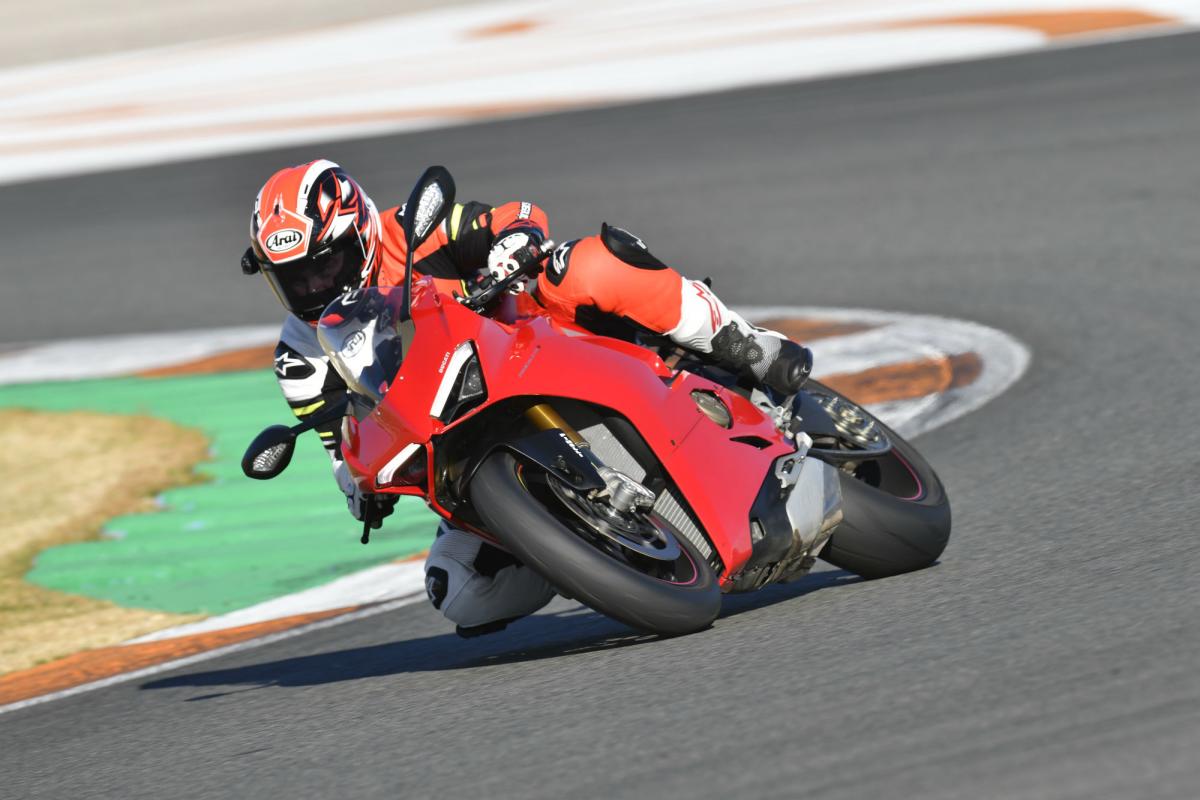
The lean angle gauge
Many racers and track riders use the knee like a protractor, allowing them to better gauge how far over they have the bike leant and therefore, how close to their ‘edge’ they are.
Getting the bike leant over faster
Because the knee gets dropped during the late stages of the braking zone, the rider automatically has a reference point at corner entry. It also gives the rider a level of confidence that their knee is beneath them, offering some support to the rider should it all go wrong.

Aerodynamic drag
On the entry to a corner a racer will make themselves as big as possible, rising up from behind the bubble of the screen to create as much drag as possible. This is helps to slow the bike and it allows the upper body to absorb some of the force generated under hard braking.
Because the knee is out during the braking phase, there will also be a minute amount more drag on that side of the rider. Some racers attribute this to helping to turn the bike into the corner. Whether or not that helps is tough to say, racing is all about tiny margins though – and if every little bit does really help…

Moving the centre of gravity
A huge part of corning on track on a bike is about optimising your body position. Moving your weight off the inside of the bike and towards the corner apex as much as possible helps the bike to turn. Hanging your whole body off in this way also means that the combined bike/rider centre of gravity of lower, allowing you to complete a corner at the same speed but carrying a smaller amount of lean angle. It’s a bit like having a conker on a bit of string. Make the string long and try swinging it above your head and it’ll take more effort (and time) to complete one revolution than compared to a shorter piece.
Just don't push it too far...
If you happen to be a fairly tall individual, those longer limbs mean a knee down can lead to an elbow... just try to avoid 6ft+ Scott Redding's foolhardy attempts to get his head onto the asphalt at the high-camber Sachsenring in Germany. Suffice to say, don't try this at home...
